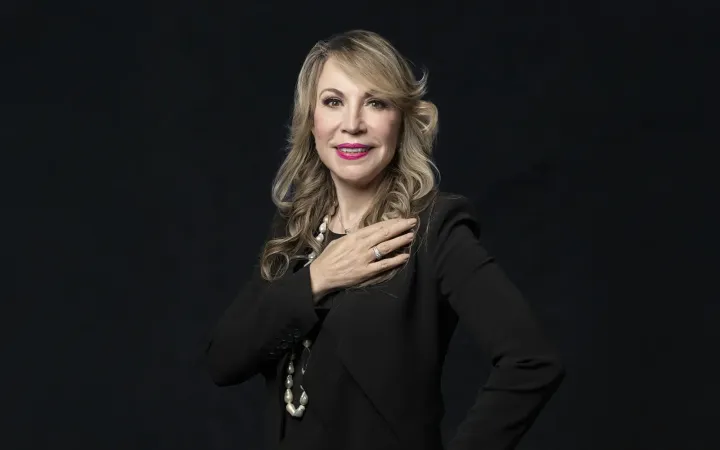Por Regina Reyes-Heroles C.
El patrimonio de las mujeres y su riqueza está correlacionada al tiempo que le invierten al mercado laboral. Pero, ¿qué pasa cuando a esta ecuación le integras el factor ‘cuidados’?
Ellas, muchas veces, no pueden poner la misma cantidad de horas al mercado laboral porque deben cuidar.
Los cuidados pueden ser, para muchas, la posibilidad de difuminar brechas. La salarial, por ejemplo, que tanto nos duele, está relacionada a esa capacidad de estar presente, crecer, poner las horas y construir capital humano. Y de esta brecha quiero invitarles a reflexionar.
¿Qué es eso de capital humano?
En la carrera profesional de cualquier persona hay valor en su capital humano.
El capital humano es, según la definición de McKinsey, “el conocimiento, las habilidades, las competencias y los atributos” de una persona.
Este capital humano lo construimos desde la infancia, en la escuela y en la vida laboral. “El valor del capital humano se materializa cuando las personas lo ponen en práctica —es decir, al adquirir experiencia laboral— y la remuneración es un indicador importante de dicho valor”, dice McKinsey en su estudio Though trade-offs: How time and career choices shape the gender pay gap.
Si las mujeres trabajamos menos o tenemos una menor experiencia laboral, hay una menor construcción de capital humano y por lo tanto, una menor remuneración. Para McKinsey, hay una relación entre las decisiones que tomamos en la vida profesional y el impacto en la brecha salarial.
El mercado laboral y las mujeres
Las mujeres tenemos una expectativa de vida más amplia que los hombres. Podríamos trabajar más años y más horas.
Las mujeres cuidamos más. Esas horas de cuidados nos quitan horas laborales.
Las mujeres tenemos más entradas y salidas del mercado laboral; muchas veces, estas están relacionadas al tema de cuidados.
Las mujeres ganamos menos. La brecha salarial existe, además ganamos menos porque trabajamos en formatos más informales o de medio tiempo.
Las mujeres ahorramos menos. Es más complejo ahorrar cuando trabajamos menos en actividades que se remuneran.
Las mujeres tenemos mayor precariedad. Este es el resultado final de todo lo anterior.
Suscríbete para leer la columna completa…




